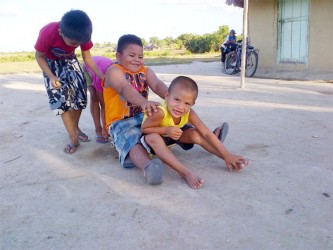Story and photos by Gaulbert Sutherland
If you’re scared of leaping cows, don’t go into the corral. I wasn’t scared. “Hug it,” Stephan urged as grinning, he snapped photos. It was a pretty calf, brown with a little white spot on its forehead. It was shy, so I got closer and closer and petted it then moved in for the hug.
It leapt. And I, having not been too keen on the other cows in the corral who had been giving me the eye all along, took off like a bullet. Only,
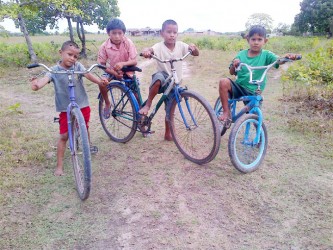
it was smack into the side of a huge beast with gigantic horns. In less than a second, I was racing in the opposite direction, vaulting over the five-foot high fence as Stephan and Lance roared with laughter. Usually I’m not scared of cows…but you have to understand that I was in a corral surrounded by mothers with big horns all close to their calves so any false move….
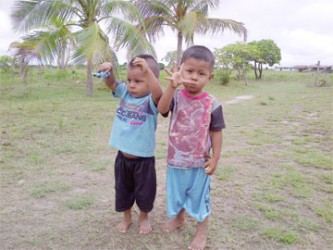
Photo by Gaulbert Sutherland
Karaudarnau, Deep South Rupununi is cowboy country. In corrals scattered outside the village proper, numerous cattle graze in the rolling hills of the savannah, drinking at the numerous ite palm fringed streams, creeks and ponds. It is wildly beautiful with unexpected views over each hill as you race across the rough trails on motorcycles, discovering emerald creeks and ponds and sunsets that paint the undersides of clouds with gold and scatter colours with names like magenta and others I don’t even know, across the sky.
Over 1000 persons, mainly Wapishana Amerindians reside in the community along the banks of the winding Rupununi River. In English, the name means Snake Hill, with a huge, black rock in the centre of the community, where youths go to hang out at sunset, said to be the head of the snake.
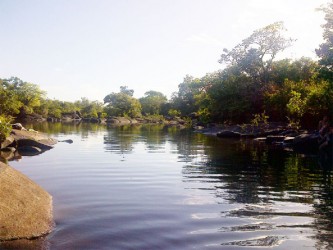
Agriculture is the mainstay of the community with a wide variety of crops produced. Cattle, pigs, sheep, in addition to some poultry are reared. The livestock are reared mainly outside the community.
One afternoon, Stephan and I raced up past the river, past the huge lake where local legend has it huge anacondas reside, resulting in no one ever venturing there despite the numerous fish, past the corral, up the hills with their varying shades of green/brown/grey grass to what looked like a house on a hill.
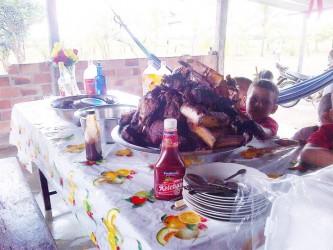
It was in fact, the pig pen, and my first thought was the pigs live in such splendid surroundings. The setting sun turned the grass gold and at the foot of the hill was a stream lined with ite palms where apparently the pigs go to do whatever pigs do. It was a cool afternoon, the breeze making the golden grass ripple and the sunset scattering colours across the sky like a master painter. The gate of the little paddock was never closed and the pigs wandered in and out as they pleased. They had shelter, water, freedom and food was delivered every day. What a life! The same with the sheep with their paddock next to the lake.
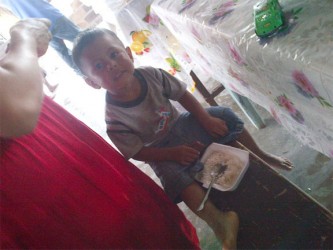
Later we visited the corral where calves were tied to the wooden fence with their mothers nearby. Other cows grazed on the light-green grass in the shade of trees from a nearby creek. Sometimes the cows were not milked because it wasted. And therein lay a tragedy.
In this land, where thousands upon thousands of mangoes, all sorts, different varieties from tiny ones with small seeds to huge red ones weighing at least a pound, often go wasted because they are so plentiful. Birds eat, of course, but thousands remain and there is no
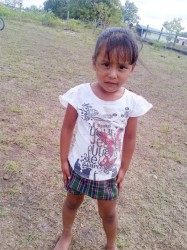
processing at any great level to make use of the fruits. Even scattered in the savannah, at old homesteads long abandoned, fruits lay waste. I gorged myself on mangoes, five-fingers, French cashews, oranges and tangerines for a week. Also on beef. In the rainy season, fish can be had and people still hunt wild animals. But, except for the school feeding programme, markets for produce are small.
But Karaudarnau is also a village undergoing change. With mining opening up at Marudi some persons have gotten jobs. Now, televisions, DVD players and music systems are present in many homes. Outside of the usual pick-ups, tractors, trucks, and motorcycles, a few cars, Brazilian and Guyanese, have even driven to the community though it is a long drive. It is six hours on a motorcycle from Lethem.
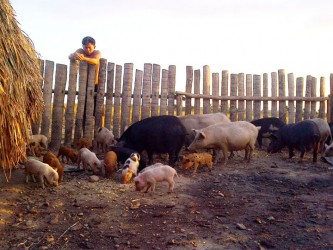
The community needs its own transportation, Valare Anderson, the Toshao of the village said. He noted that the community had a tractor but this is not ideal for travelling to Lethem. He said that when he has to travel, for example, to pick up pensions in Lethem, he has to pay out of his own pocket. Another villager said that a post office should be re-established in Aishalton. She noted that there is an increase in pensioners in the communities of the Deep South and it is hard to go to Lethem. Even if a person has a motorbike, the cost of fuel is high, she said. “We are the ones feeling the pressure.”
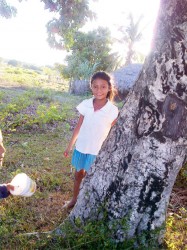
In addition, according to villagers, proper health care is not offered by the health worker at the health centre who often claims a shortage of drugs but was alleged to make them available to relatives. Furthermore, visits to persons too sick to come to the health post, are not done. “Two times I went there when my pressure was high and he didn’t have medicine. I had to resort to my bush medicine” one villager recounted. Villagers also said that there is need for regular doctor visits, at least once every two months. The last time a doctor visited the community was over a year ago, they said.
Anderson said that there is little crime in the community and when there are cases, such as domestic violence, the police do not usually respond. The police station for the district is based at Aishalton, 14
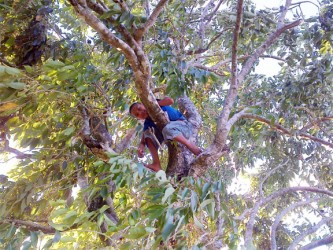
miles away. Except for personal use, the village has banned the sale of hard liquor such as rum and vodka, though drinks such as beer and wine are allowed.
Meanwhile, a government project, the Youth Apprenticeship and Entrepreneurial programme, has begun in the community but the Community Support Officers have little knowledge of their roles and do nothing, according to several villagers. It was pointed out that the salaries paid to the CSOs are more than what is earned by other workers such as those under the school feeding project, who work harder. Several villagers opined that the CSOs need to be properly trained.
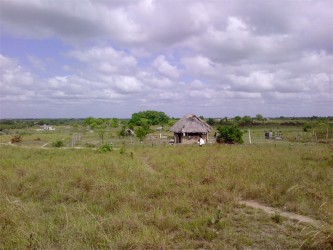
Karaudarnau has two churches and the primary school goes up to form four. For lights, 148 forty-five watt solar panels have been installed in homes. These can power two bulbs with there being need for more, Anderson said. Some villagers have their own solar panels and generators. Some also benefit from running water from the solar-powered pump.
The community has close links with Brazil and most have relatives residing in the Portuguese-speaking country and traverse there regularly. In December, Digicel set up a site at Aishalton and residents can now make and receive cellphone calls.
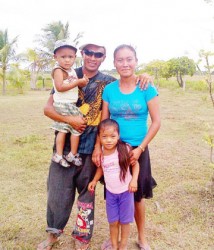
“This is a promising village,” said one villager noting that the people work hard in their farming and ranching and buy the items they need. “Crop farming and animal farming should be encouraged in this place.” However, the lack of markets and funds to go further was identified as a major hindrance. Fish, once plentiful, are also being depleted, one villager said.
The community, with its rolling savannahs, numerous streams, creeks, and ponds is a beautiful place. Breezy, filled with fruits, milk, and beef, and the clear water of the Rupununi River as well
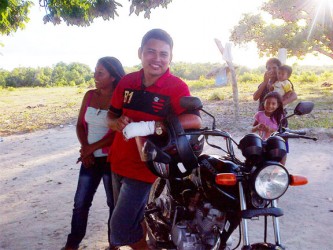
as emerald streams to swim in, it is serene. At points, wildlife can be seen, such as chicken hawks and crows hanging out on the same rock and fishes can be caught in ponds while fruit such as ite can be gathered by the hundreds.
For the adventurous, there is biking, racing across the savannah to the petroglyps outside Aishalton, the strange markings evoking a sense of wonder that these have been made by a people, likely now extinct, many hundreds of years ago. There are also opportunities for genuine cowboy experiences though the “horses” these days are more than likely, motorcycles. You can even get to pet leaping cows.
